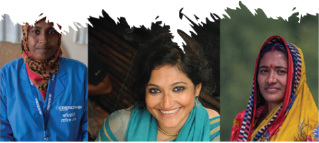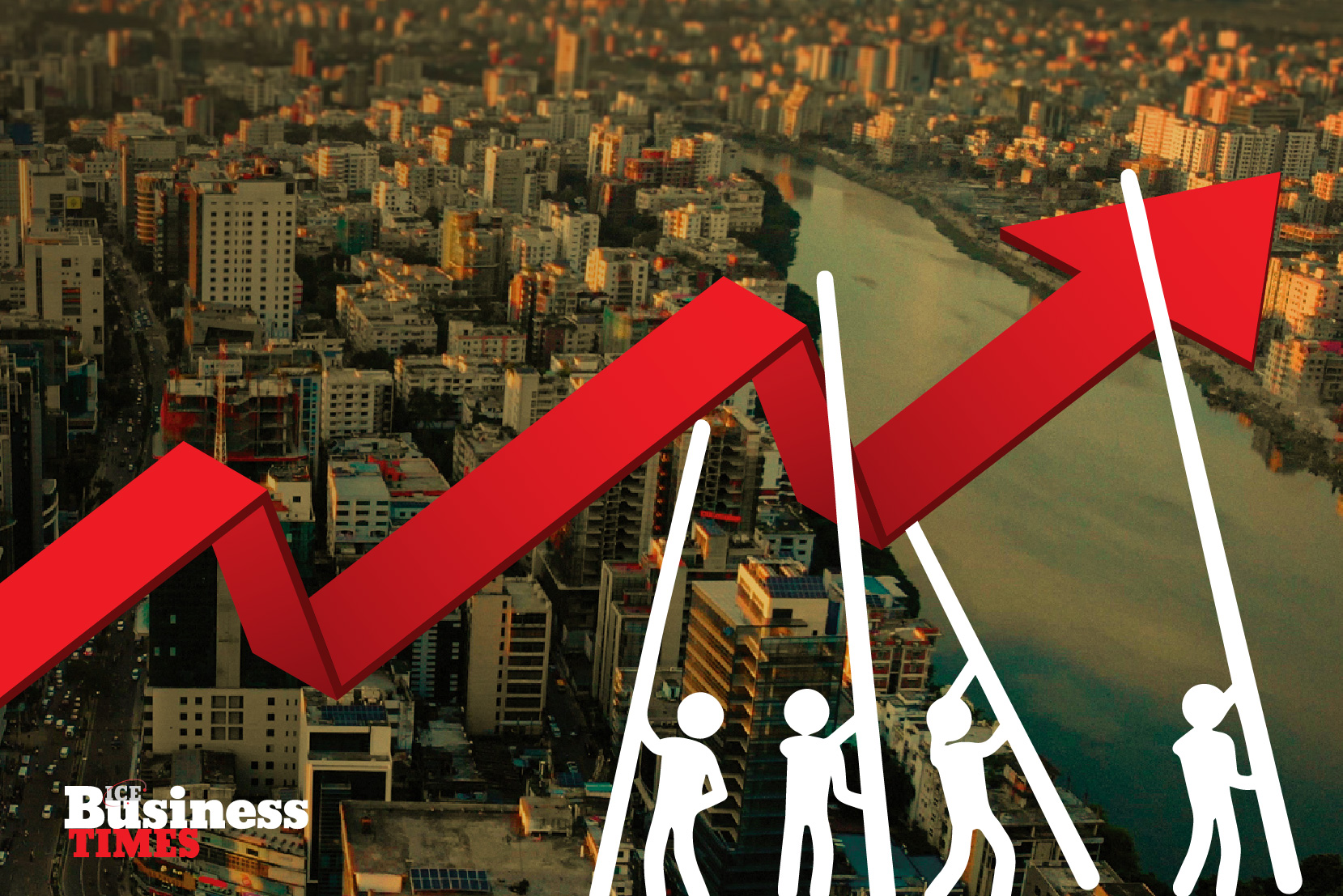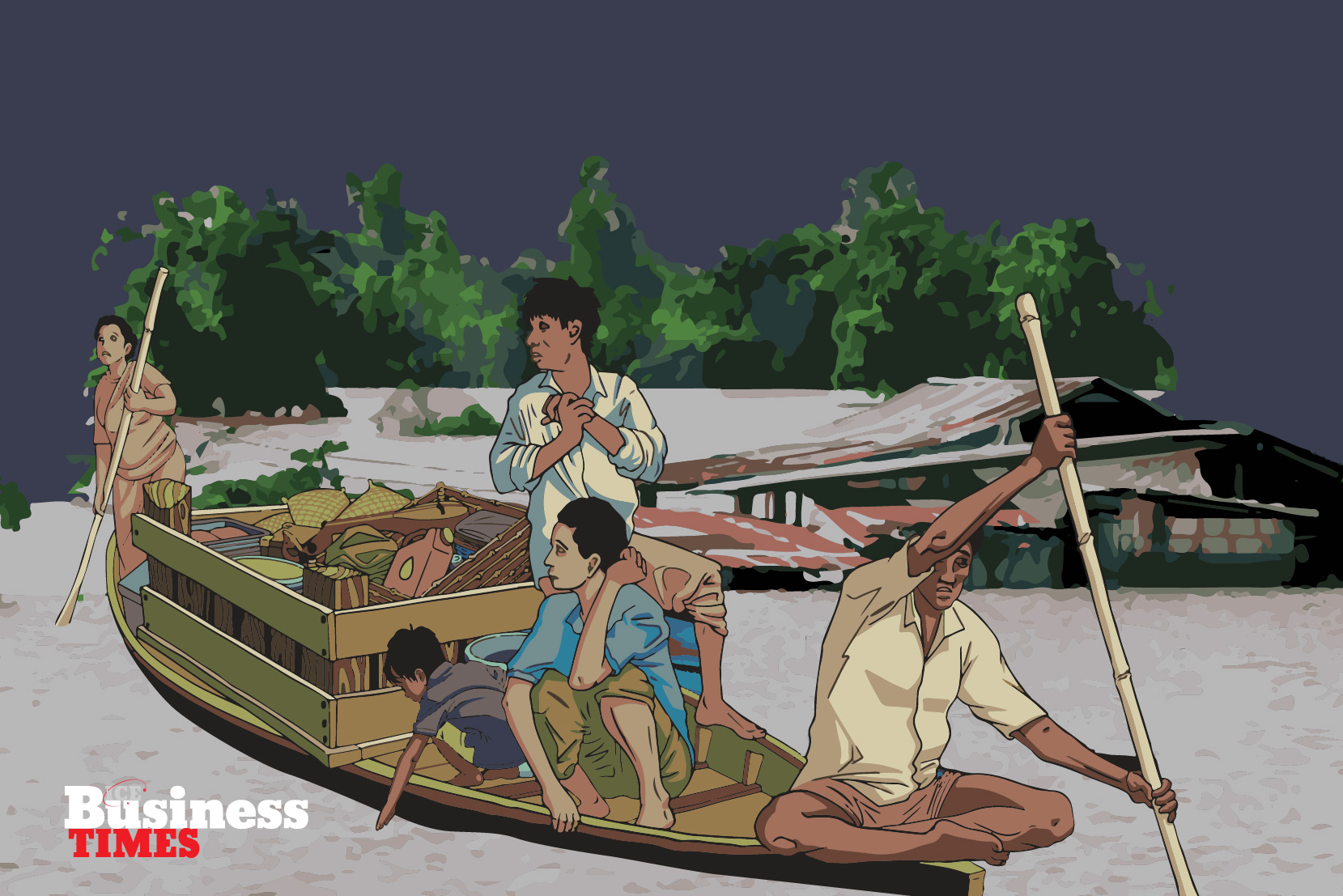Viewing the progress of Bangladeshi women from a macroeconomic lens

Bangladesh’s successes in reducing infant and child mortality, poverty rate, and promoting women’s entrepreneurship, education, and health have been exemplary to the rest of the globe over the last decade. The speed of women’s empowerment has accelerated under Prime Minister Sheikh Hasina’s leadership, who has opened the door for women to prove their worth as equal partners in all critical growth sectors. Women now are more educated, economically empowered, and, most importantly, independent than earlier generations. The country has been steadily decreasing gender inequality year after year. We are listed as one of the top ten countries that have reduced gender inequality through women’s political empowerment. The World Economic Forum placed Bangladesh first in gender equality among South Asian countries. The ‘Gender Gap Index of 2018’ published by the World Economic Forum emphasises Bangladesh’s achievements in four critical areas: education, economic engagement, health, and political empowerment. According to BSS, women hold a significant number of seats in the country’s parliament and 12,000 local political offices. Apart from political leadership, Bangladesh is attempting to break many glass ceilings by inducting more qualified women into other top positions in the judiciary, administration, defence, and diplomacy, and the current Awami League government has implemented a gender budget, which is the first of its kind in the world.
The World Economic Forum placed Bangladesh first in gender equality among South Asian countries. The ‘Gender Gap Index of 2018’ published by the World Economic Forum emphasises Bangladesh’s achievements in four critical areas: education, economic engagement, health, and political empowerment.
Such representation on the macroeconomic scale does seem very promising. According to the World Bank’s newest Human Capital Index, girls in Bangladesh currently have a slightly greater probability than boys of finishing school and living at 60 years old. It is not just in terms of education, but the potential of Bangladesh’s female population is currently being reflected in the workforce as well. Bangladesh boosted female workforce participation from 10% to 36% between 2003 and 2016, mainly in the readymade garments (RMG) and livestock industries. Today, almost 70% of rural women are small-scale farmers who own poultry and other livestock. Women’s participation in the formal economy positively impacts overall gender equality, productivity growth, poverty reduction, and sustainable development goals (SDGs). These are critical for Bangladesh since women’s educational achievements have not been matched by equivalent improvements in economic prospects, as many educated women are either excluded or engaged in jobs that do not fully utilise their education and skills.

Mass representation and success stories of female changemakers in Bangladesh continue to rise – with sports being another major sector. Female athletes in Bangladesh have struggled, endured hardships, and eventually broken through hurdles to emerge stronger. They have made significant progress as the country approaches its 50th anniversary of independence. Women’s engagement in sports was confined in the immediate following of independence to a few individuals who wished to breach the barrier. Their role has evolved through time, with women now participating in various sports in large numbers. Women in Bangladesh have steadily influenced national and international sports such as handball, volleyball, badminton, archery, weightlifting, football, and cricket. The majority of women’s sports, on the other hand, have been supported by service teams and federations. Women’s impact on Bangladeshi sports has not been confined to playing; the number of female coaches and referees in many disciplines has begun to climb. Interest has expanded throughout the country, from Dhaka to isolated parts of Khagrachari.
But it has not always been a rosy picture. Despite these remarkable achievements, women continue to confront obstacles. Although female employment has increased throughout time, women are still less than half as likely as males to be employed. Even after female entrepreneurship in Bangladesh is on the rise, women still account for only 7% of the country’s approximately 7 million entrepreneurs, and women-led enterprises continue to face numerous obstacles. According to the 2017 Global Gender Gap Report, women own or co-own 15% of Bangladeshi businesses, yet women hold only 5% of top management positions. Women in Bangladesh have less financial access than men. Only 36% of women have bank accounts, and the vast majority have no financial holdings.
Discrimination is seen in terms of possessing assets as well. Women are frequently prevented from accessing and deciding on the use of assets such as land and cattle due to social and economic constraints. A significant portion of women also lack financial literacy, which hinders their capacity to obtain financing, land assets, and supply chain logistics needed to start a firm. Women’s economic emancipation continues to be hampered by early marriage. Currently, about 60% of young girls marry before reaching the legal age of 18. Bangladesh has the highest adolescent fertility rates in South Asia, with 28% of women between 15 and 19 starting their families. Consequently, early marriage is the primary reason behind the significant number of school dropouts in Bangladesh.
Furthermore, the COVID-19 pandemic’s long-term socioeconomic repercussions threaten to undo decades of gains in human capital, particularly for women and girls. According to studies, women have been disproportionately affected by increases in joblessness, domestic care load, and gender-based violence. The scars on future growth and productivity may be permanent unless we take bold action today. According to the Labour Force Survey, in terms of quality, women are largely involved in low-paid, low-productivity activities, with 92% of employed women in 2017 working in the informal economy. Women’s economic empowerment in Bangladesh must address many dimensions, including patriarchy and purdah, double burden and time poverty, financial and business knowledge, the gender gap in digital technology, access to networks and markets, and many other socio-cultural and techno-economic constraints, as evidenced by labour market outcomes.
But despite all the setbacks, there is still light at the end of the tunnel. Over the last fifty years, targeted initiatives by the government and non-governmental actors have played a critical role in establishing the initial condition state at the micro-level by initiating grassroots level transformations to promote women’s economic empowerment. Without a doubt, these initiatives have laid the groundwork for developing critical linkages between micro and macro levels that can trigger rapid changes in economy-wide and sector-specific gender barriers, allowing the macroeconomy to respond to these micro-signals of women’s economic empowerment effectively. These micro-macro transmissions and interactions, which are rarely acknowledged in traditional development literature, are vital features of Bangladesh’s innovative neoclassical development model, which has resulted in significant socioeconomic transformations over the last fifty years, and are also critical in ensuring women’s rapid economic empowerment in the coming years.
Today, almost 70% of rural women are small-scale farmers who own poultry and other livestock. Women’s participation in the formal economy positively impacts overall gender equality, productivity growth, poverty reduction, and sustainable development goals (SDGs).
Millions of girls and women from all walks of life have benefited from innovative programs developed by the government, non-governmental organisations, and other key stakeholders, such as conditional cash transfers and financial inclusion, stipend programs for female students, microfinance, and most importantly – family planning. These activities helped reduce fertility rates from 6.1 births per woman in 1971 to 2.05 births per woman in 2019, which is close to population replacement.

Gender equality has been prioritised in the government’s subsequent Five Year Plans, which aimed to boost women’s entrepreneurship and involvement in regional and worldwide trade. Many women benefit from an atmosphere that encourages business launches and better access to the digital economy due to this long journey toward equality. Women’s economic empowerment, boosting women’s status and promoting gender equality rely heavily on formal involvement. Their access to skill development, market information, credit, technology, and other productive assets, as well as social protection, pensions, and other social safety nets, can all be improved through formal employment. The key for Bangladesh in achieving its cherished development vision will be to introduce good practices for increasing women’s contribution to the country’s formal economy through multiple channels, such as reducing structural barriers to women’s productive economic participation, removing restrictive gender norms and stereotypes, and creating institutional mechanisms to assist young women in planning their careers. A gender budget was developed by the Bangladesh government in addition to several women-friendly legislation and policies to transform them into capable human capital through political, social, administrative, and economic empowerment. Each ministry has established a gender-sensitive budget focusing on women’s development, with women officers accounting for 25% of government officers by this year. “Bangladesh has implemented regular policy and program initiatives to better women’s status and eliminate gender inequality from the 1970s forward,” said political scientist Dr Rounaq Jahan.
On the month of International Women’s Day, we should all unite to nurture women’s resilience and indomitable spirit in all corners of Bangladesh. May every young Bangladeshi girl grow up to be a dreamer and rise to the occasion so that she can take the country forward.














